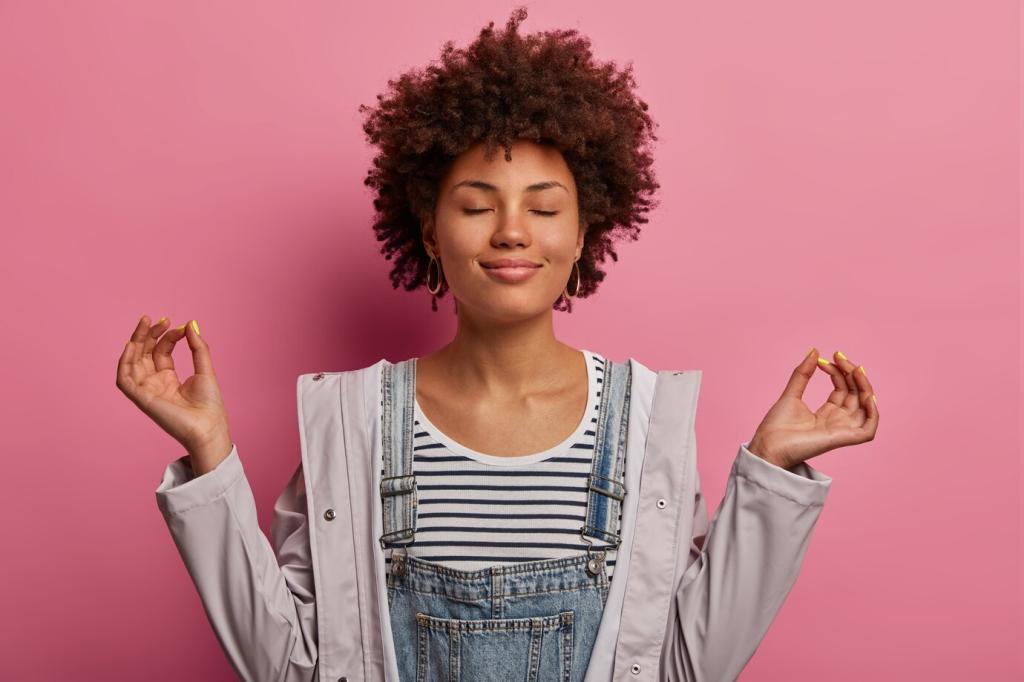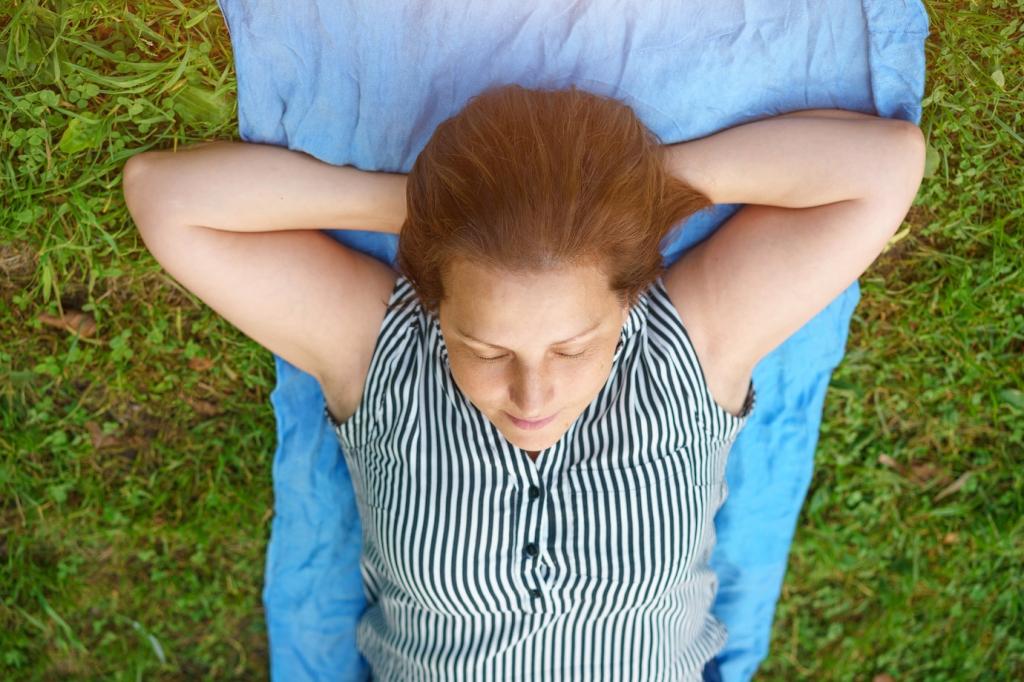How Meditation Calms the Stress Cycle
Stress floods the body with urgency. Meditation invites balance by activating parasympathetic responses: slower breathing, steadier heart rate, and clearer attention. With patience, short daily sits retrain your nervous system to recognize safety, helping you meet challenges without being carried away by them.
How Meditation Calms the Stress Cycle
Regular practice can support healthier emotional regulation. Studies suggest meditation may reduce amygdala reactivity and strengthen prefrontal networks that guide attention. While results vary, many people report fewer worry loops and more perspective, especially when they practice brief sessions consistently over weeks.
How Meditation Calms the Stress Cycle
The breath is always available: portable, private, and responsive. Gentle, elongated exhales can stimulate vagal tone, easing tension. When thoughts race, return to one inhalation, one exhalation, and the sensation of air moving. Share your favorite breathing cues in the comments to inspire others.
How Meditation Calms the Stress Cycle
Lorem ipsum dolor sit amet, consectetur adipiscing elit. Ut elit tellus, luctus nec ullamcorper mattis, pulvinar dapibus leo.




